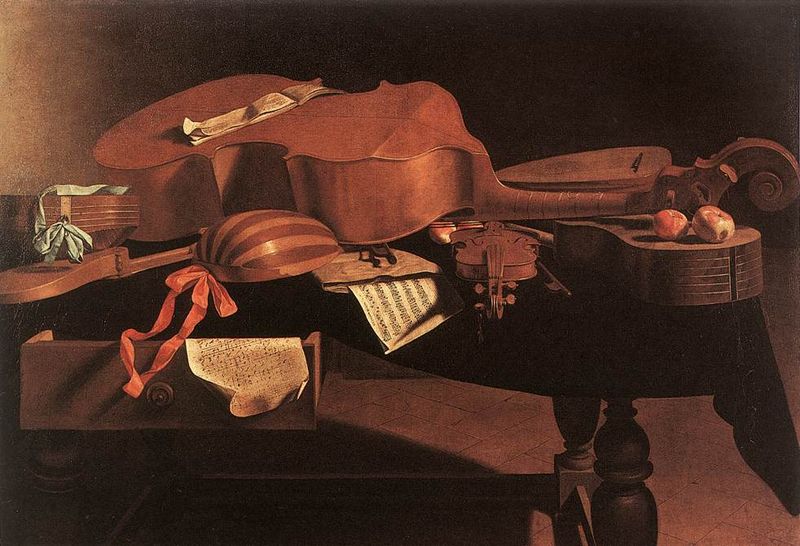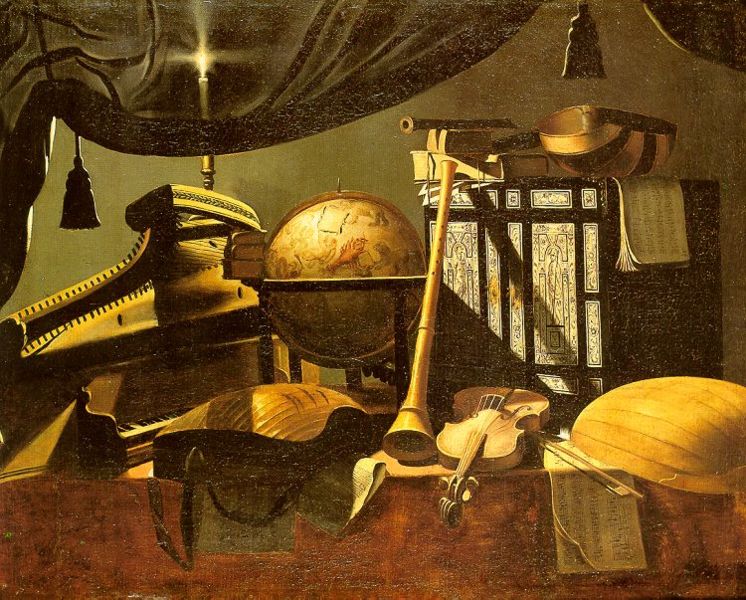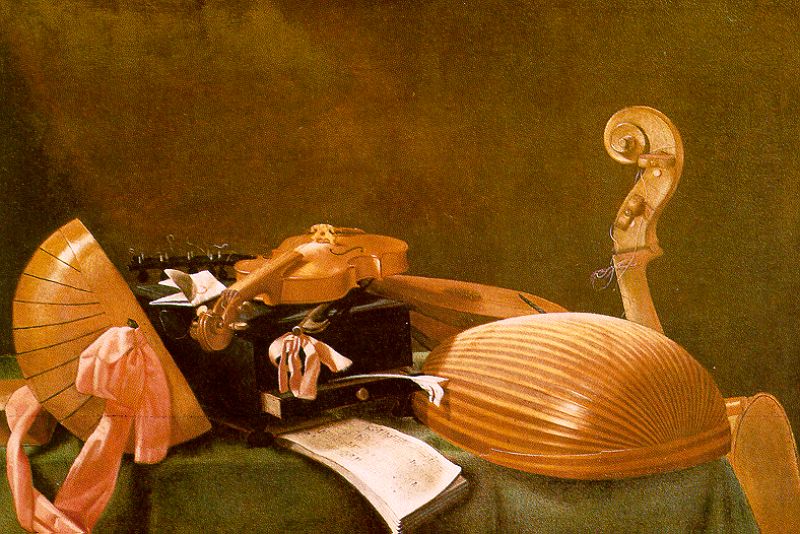Evaristo Baschenis (1607- 1677)
Get a Evaristo Baschenis (1607- 1677) Certificate of Authenticity for your painting (COA) for your Evaristo Baschenis (1607- 1677) drawing.
For all your Evaristo Baschenis (1607- 1677) artworks you need a Certificate of Authenticity (COA) in order to sell, to insure or to donate for a tax deduction.
Getting a Evaristo Baschenis (1607- 1677) Certificate of Authenticity (COA) is easy. Just send us photos and dimensions and tell us what you know about the origin or history of your Evaristo Baschenis (1607- 1677) painting or drawing.
If you want to sell your Evaristo Baschenis (1607- 1677) painting or drawing use our selling services. We offer Evaristo Baschenis (1607- 1677) selling help, selling advice, private treaty sales and full brokerage.
We have been authenticating Evaristo Baschenis (1607- 1677) and issuing certificates of authenticity since 2002. We are recognized Evaristo Baschenis (1607- 1677) experts and Evaristo Baschenis (1607- 1677) certified appraisers. We issue COAs and appraisals for all Evaristo Baschenis (1607- 1677) artworks.
Our Evaristo Baschenis (1607- 1677) paintings and drawings authentications are accepted and respected worldwide.
Each COA is backed by in-depth research and analysis authentication reports.
The Evaristo Baschenis (1607- 1677) certificates of authenticity we issue are based on solid, reliable and fully referenced art investigations, authentication research, analytical work and forensic studies.
We are available to examine your Evaristo Baschenis (1607- 1677) painting or drawing anywhere in the world.
You will generally receive your certificates of authenticity and authentication report within two weeks. Some complicated cases with difficult to research Evaristo Baschenis (1607- 1677) paintings or drawings take longer.
Our clients include Evaristo Baschenis (1607- 1677) collectors, investors, tax authorities, insurance adjusters, appraisers, valuers, auctioneers, Federal agencies and many law firms.
We perform Evaristo Baschenis art authentication, appraisal, certificates of authenticity (COA), analysis, research, scientific tests, full art authentications. We will help you sell your Evaristo Baschenis or we will sell it for you.

Evaristo Baschenis was an Italian Baroque painter of the 17th century, active mainly around his native city of Bergamo. He was born to a family of artists. He is best known for still lifes, most commonly of musical instruments. This could explain his friendship with a family with notable violin makers from Cremona. Still-life depiction were uncommon as a theme among Italian painters prior to the 17th century. Baschenis, along with the more eccentric 16th century painter Milanese Arcimboldo, represents provincial outputs with idiosyncratic tendencies that appear to appeal to the discernment of forms and shapes rather than grand manner themes of religious or mythologic events. For Arcimboldo, the artifice is everything; for Baschenis, the items, man-made musical instruments, have a purpose and a beauty even in their silent geometry.

One source for his photographic style of still life could be Caravaggio’s early painting of peaches, or alternatively, Dutch paintings. The most faithful imitator of his style is a younger contemporary Bergamese, Bartolomeo Bettera. Baschenis is a contemporary of the Bergamese portrait artist, Carlo Ceresa, and appears to have been influential for the Modenese artist Cristoforo Munari.

